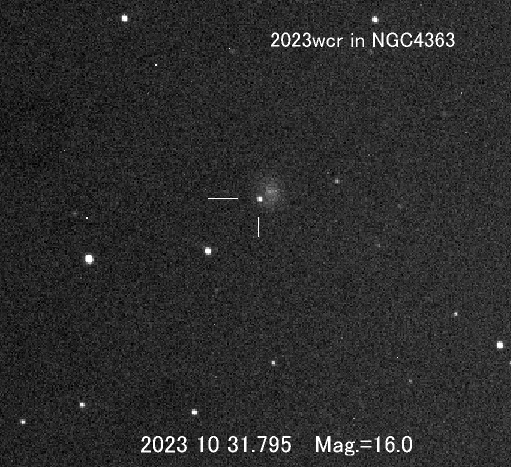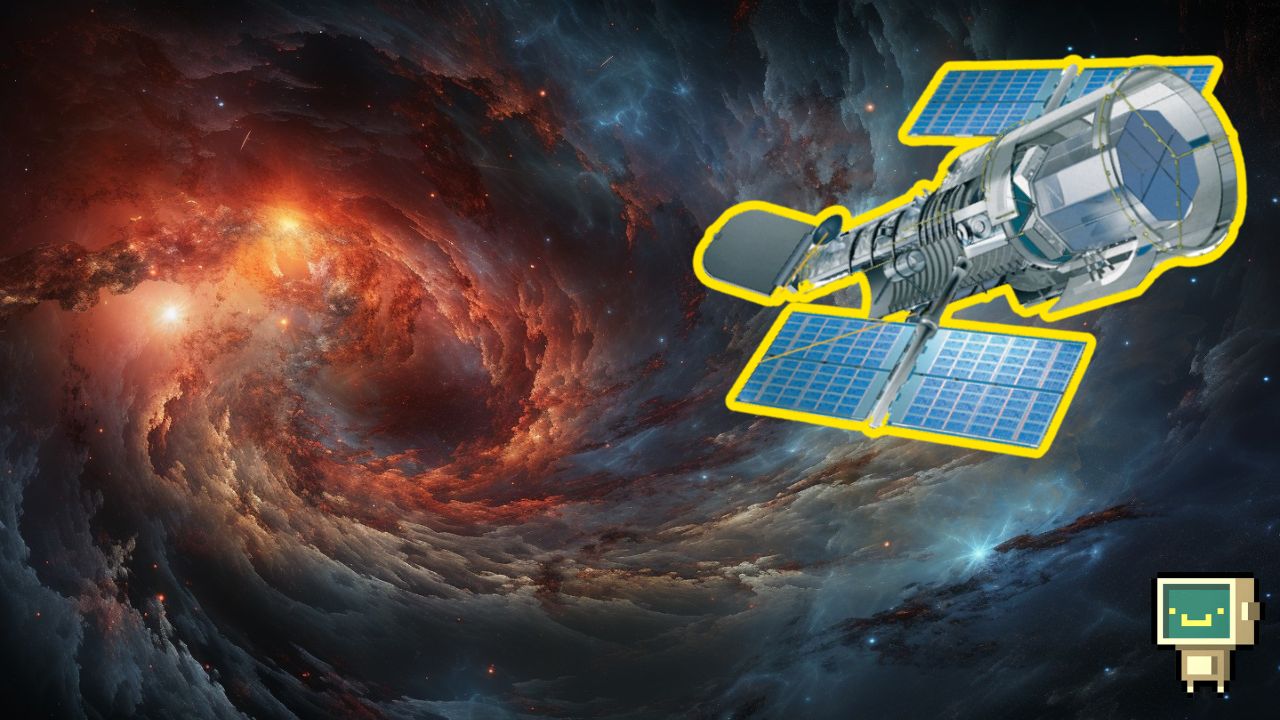Introduction
The Hubble Space Telescope, a astronomical marvel of modern physics and astronomy, has recently captured a mind boggling image of a blurry spiral galaxy known as NGC 941, located about whooping 55 million light-years far away from mother Earth. This superior galaxy once hosted and witnessed a dramatic celestial event – a supernova explosion which every astronomer is kind of afraid of. In this blog we delve into the interesting details of this once in a lifetime discovery, shedding light on the following section.
A Glimpse of NGC 941
An amazing event happens in NGC 941 because its spiral arms are bright but loosely defined. The galaxy’s core radiates outwards into an eerie, dimmer halo, making it a great candidate for astronomy. With Hubble’s Advanced Camera for Surveys (ACS), the internals of NGC 941 are captured face-on, showing off its spiral structure and the hazy surroundings.
Supernova SN 2005ad: A Stellar Finale
Supernovae are the spectacular final event in the life of a massive star bigger then our sun. SN 2005ad, in particular, was a luminous stellar explosion within NGC 941. These awe-inspiring events can briefly outshine entire galaxies. The aftermath of SN 2005ad, although it has dimmed, leaves behind the seeds for future star formation, leading to the cycle of life in cosmos.
Also Read: Saturn’s Rings will Disappear in 2025: A Heart breaker for space lover!
The Key Role of Amateur Astronomers
Itagaki, an amateur astronomer, first identified SN 2005ad, which is what’s so intriguing about this discovery. It makes us wonder how amateurs are able to spot such cosmic phenomenon before professionals with advanced telescopes like Hubble. The answer lies in a mix of skill, luck, and dedication. Observing supernovae requires a keen eye and being able to detect variations in brightness.
In addition to monitoring the skies and reporting celestial events, such as supernova explosions, amateur astronomers play an essential role in assisting professional astronomers by providing telescopes, software, and dedication. By keeping their eyes open, professionals can respond quickly so they can do in-depth research. similarly Saturn is also going to present a mind muddling event in 2025 when the rings will disappear from our view.

FAQs
1. What is NGC 941 really, and where is the location?
NGC 941 is a hazy spiral galaxy situated about 55 million light-years away from Earth.
2. What is SN 2005AD, and why is it important?
SN 2005ad is a supernova explosion that occurred within NGC 941, briefly outshining the entire galaxy. It leaves behind the potential for future star formation.
3. How was SN 2005ad discovered, and why by an amateur astronomer?
Astronomers often excel at detecting sudden celestial events because of their devotion, vigilance, and unceasing monitoring of the skies.
4. Why do amateur astronomers play a crucial role in astronomy?
Amateur astronomers contribute by monitoring the skies, reporting celestial events promptly, and assisting professionals in their follow-up studies. They often have their own equipment and can dedicate more time to observation.
5. How do supernovae get detected, and why is a rapid response important?
supernova are detected by monitoring very bright spot in dark space, as a star in its final moments blow every matter out of its core thus creating massive size explosion and releasing equally massive amount of heat and light. making it look like a firework from distant galaxies.
Hubble’s revelation of NGC 941 and the remnants of SN 2005ad is a testament to the enduring human spirit of exploration, curiosity, and the ceaseless quest to unravel the mysteries of the cosmos. It invites us to ponder the beauty and mystery that exist far beyond our planet and underscores the significance of collaborative efforts in unlocking the secrets of the universe. In the grand tapestry of the cosmos, NGC 941 and SN 2005ad are vivid threads, each weaving a unique story that contributes to the magnificent narrative of our universe.
